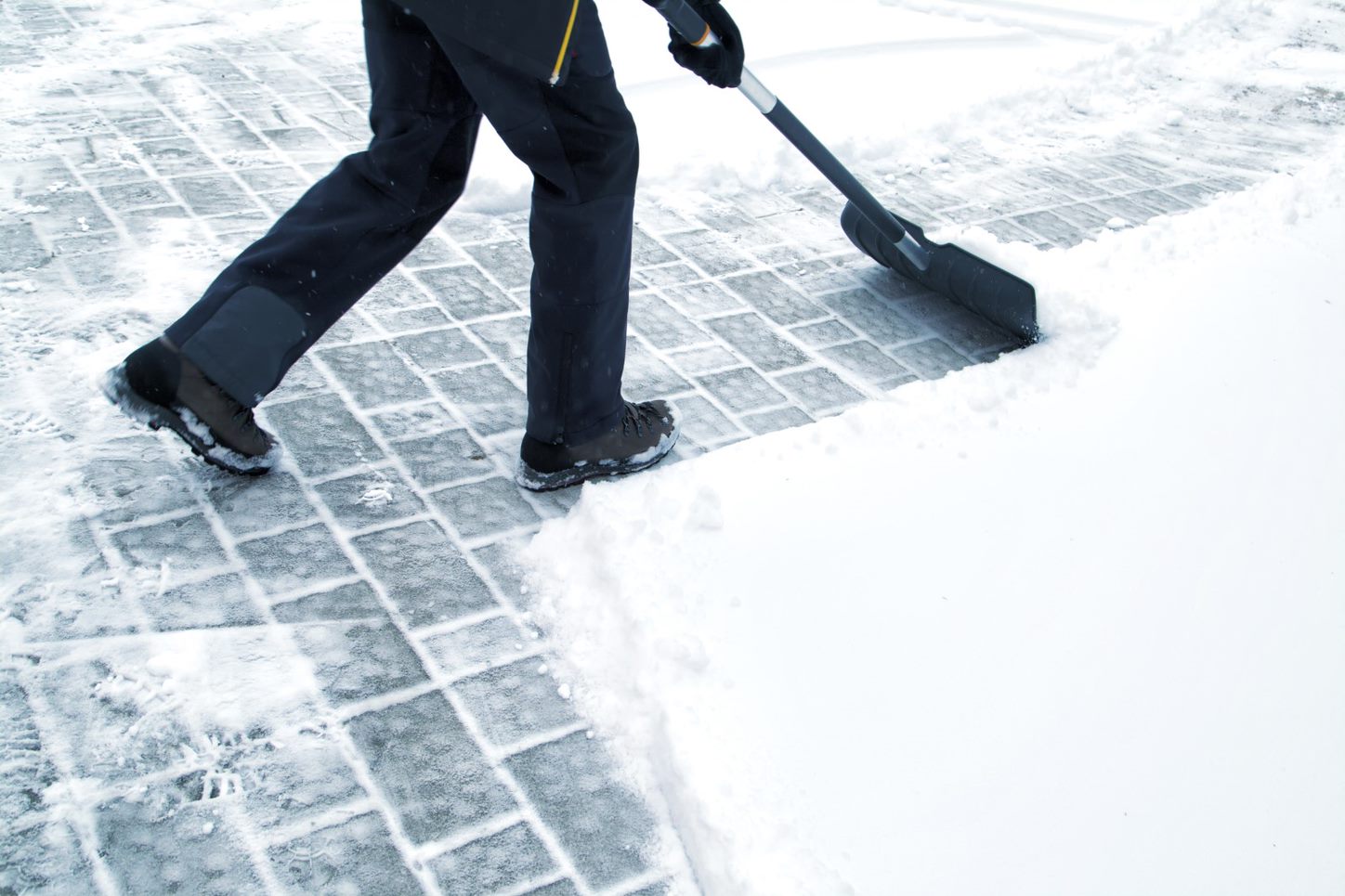
Snowmelt means one thing – lots of water! Depending on density, 1 inch of snow across a single acre of land can yield anywhere from 1,300 to 5,400 gallons of water when melted, according to the U.S. Geological Survey (USGS). Without proper residential snow removal, rapid snowmelt in spring may cause flooding that could damage your home or property. A report on spring flooding from Ready.gov (PDF) found the average flood claim between 2006 and 2010 was approximately $34,000 in damages – more than many can afford to pay out of pocket. For this reason, flood insurance is highly recommended for anyone living in areas that experience rapid snowmelt in the spring. Selecting a low yearly rate before it warms up outside could save you thousands in the event of a flooding disaster this spring. Remember that many flood insurance policies take up to 30 days to take effect.
Minimize Your Risk by Removing Snow
Flood insurance can help protect you in the event of a flooding disaster, but removing snow before it melts actually minimizes your risk of costly damages and repairs. Focus your residential snow removal on the three crucial areas of your home outlined below, and enjoy the warm weather without worrying as much about flooding.
1. Remove Snow from Roof
While snow may look light and fluffy, the weight of it can actually put tremendous pressure on your roof. Most roofs are designed to hold 20 pounds of snow per square foot, but snow can easily compact beyond this level and put your roof at risk of collapsing. Snow and ice that melt on your roof may pool, damage your roofing, and even leak into your home. Flat and low-slope roofs are at especially high risk for this kind of damage – clear them off before temperatures rise. It's easiest to clear snow away when it's fresh. Use roof rakes and shovels to clear your roof after every storm, and take care to stay safe. If you've neglected to clear your roof throughout the season or you can't access the roof to clean it safely on your own, you may want to hire a professional residential snow removal company to ensure the job is done well without putting you or your roof at risk.
2. Clear Around Your Home
Snow has a tendency to pile up around the perimeter of your home as it falls from the roof and gets shovelled from walkways. While the result may look like a winter wonderland at first, melting snow could quickly become a muddy, flooded mess come spring. When temperatures start to rise, shovel snow at least 3 to 5 feet away from the base of your home. Clear snow and debris out of and away from your gutters and downspouts so snowmelt can drain properly. Make sure the water flows away from the structure's foundation so water doesn't pool nearby or leak into your home.

3. Monitor and Maintain Your Yard
When lots of snow melts in your yard, gallons of water remain in its place. This water soaks into the soil, creating a soft, mushy surface texture. What can't be absorbed by the ground will pool on the surface. Depending on its location, this water can ultimately flow back toward your home, crack its foundation and leak into your basement. To minimize the risk of damage from snowmelt flooding in your yard, spread out or remove large piles of snow before they melt. Monitor your yard to identify areas with downslopes and proper drainage where you can pile snow without worrying that it will flow back toward your home when it melts.
Even if you take every precaution, snowmelt flooding can be unpredictable, and water damage should be dealt with immediately to prevent dangerous damages or costly repairs down the line. Call your insurance company to file a claim as soon as you notice any damage. Then, call the professionals at ServiceMaster Restore. Our experienced teams will customize a water remediation plan to get your home and life back to normal as soon as possible after a flood.
You can always reach us at 1-800-RESPOND or find your location and start working with our local team today.